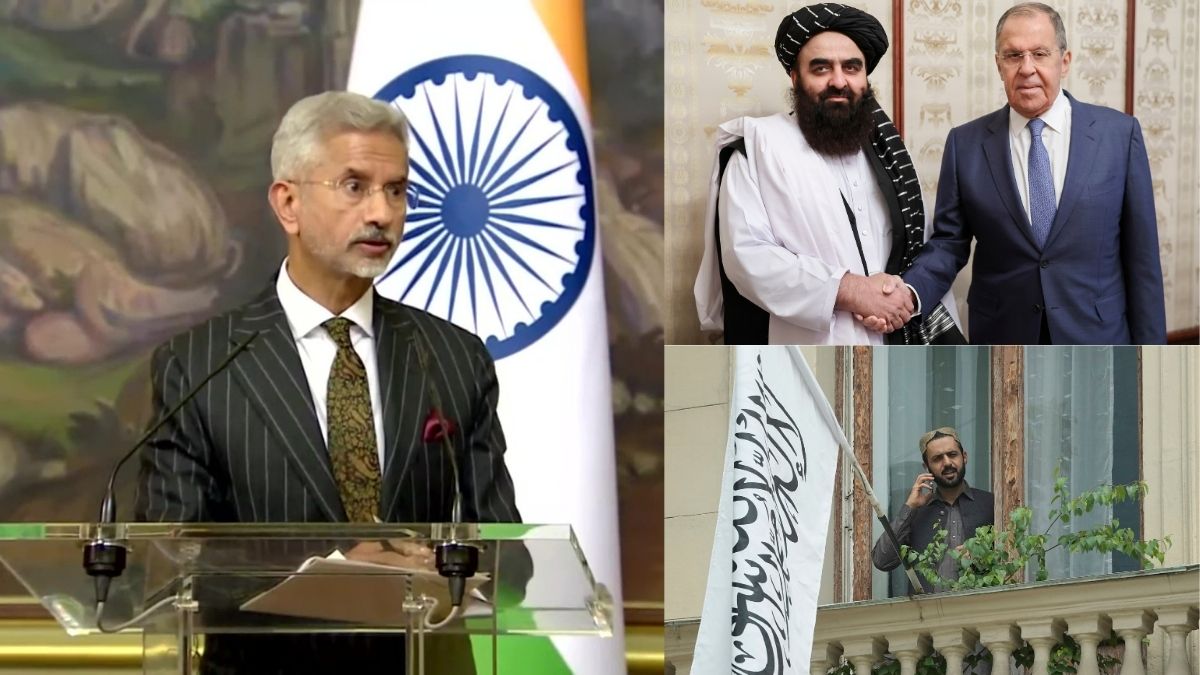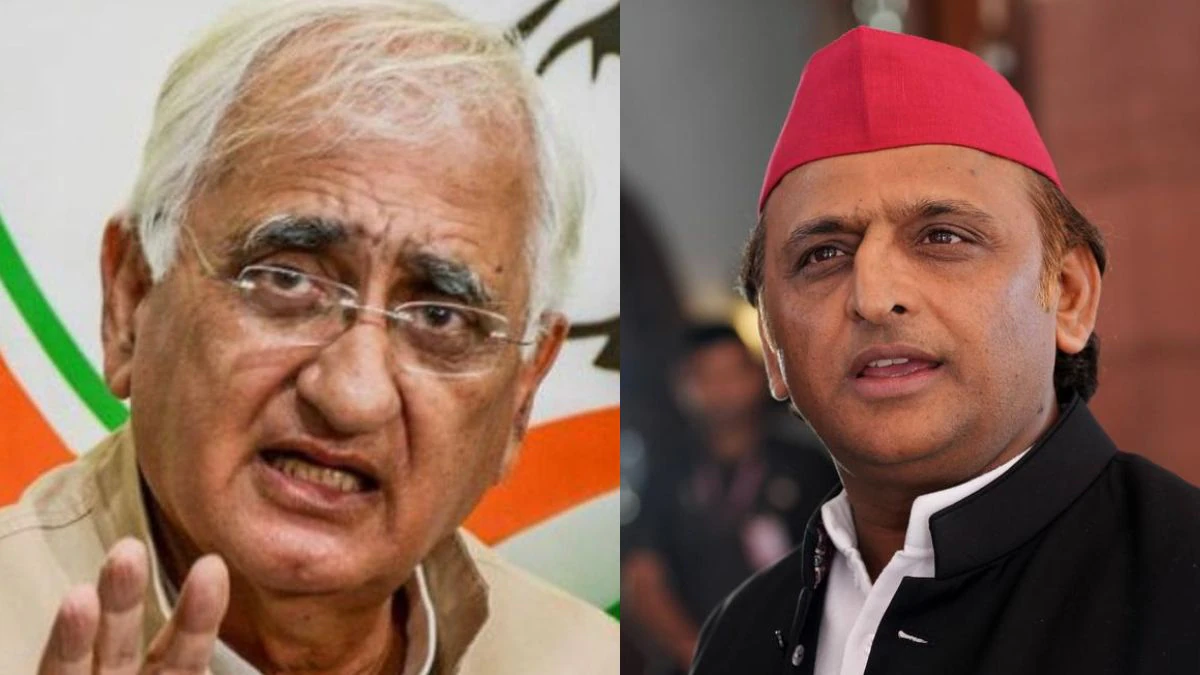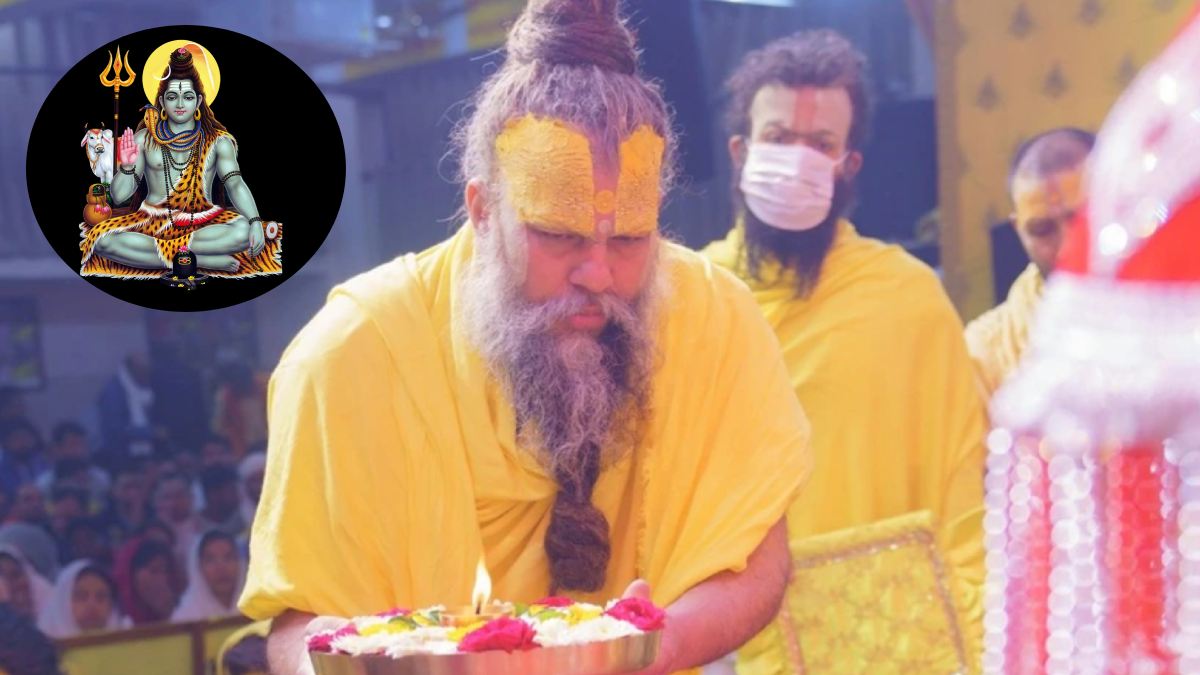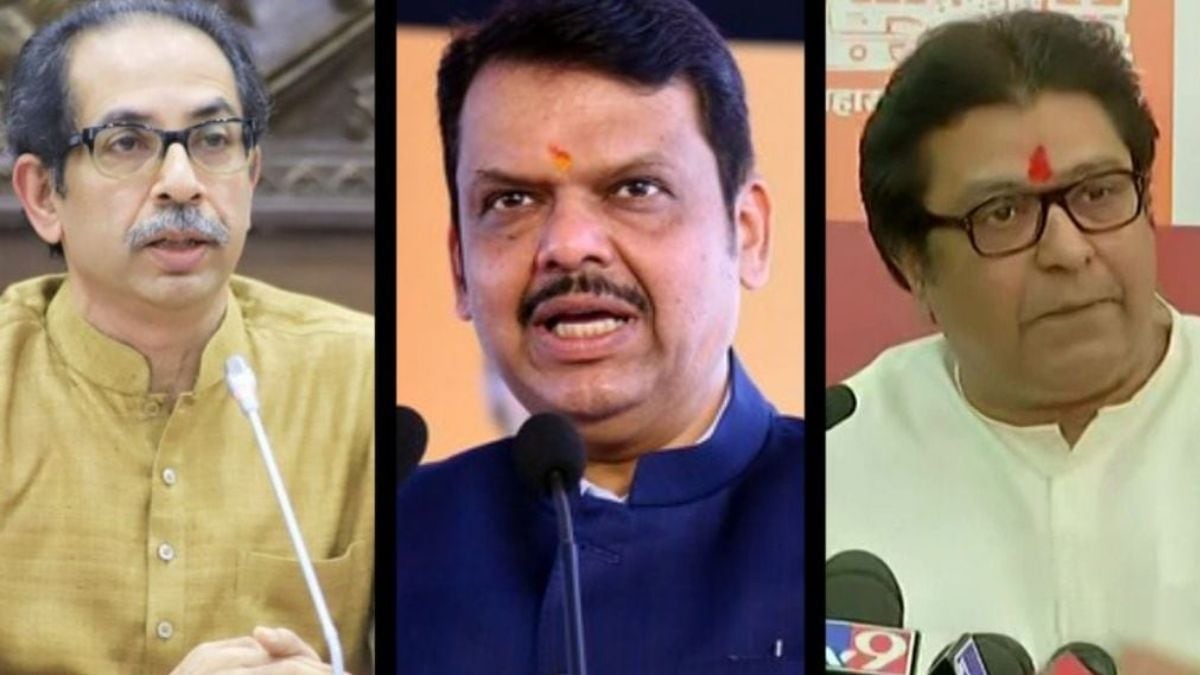In a paper published in the journal Physical Review Letters, professor M S Santhanam’s research group from Indian Institute of Science Education and Research (IISER) Pune reported a universal trend in elections across the world, the analysis of which can help flag large-scale electoral malpractices.
Across the world, elections are a volatile mix of emotions, competing ideologies, and sometimes even violence. But what if, beneath this apparent chaos and cacophony, elections share some universal characteristics irrespective of where and when they are held? And, what if these characteristics are useful for pinpointing fraudulent election practices?
It is this curiosity that led Santhanam to analyse election data along with PhD students Ritam Pal and Aanjaneya Kumar. The team carried out an extensive analysis of election data drawn from 34 countries from 6 continents and spanning several decades of national elections and developed a new Random Voting Model, which is a probability rule that governs how voters choose a candidate.
By using extensive data from elections in 34 countries, the research team at IISER Pune discovered a strong link between voter turnout in elections and the winning margins of candidates. They further built a mathematical model that can predict the patterns found in the winning margins from the turnout data alone. In other words, how many people choose to come out and vote in elections drives the victory margins of candidates. If turnout data is given, then the margin of victory can be predicted.
The significant part of the result is that this pattern (the relation between voter turnout and victory margins) is both robust and valid irrespective of country, type of electoral democracy, and how the elections are conducted.
The research team established this result by studying election data from more than 500 elections held in 34 countries over several decades. For instance, this pattern holds good for all the Indian general elections in India from 1951 to 2019 and also for all the US presidential elections from 1788 to 2020, and for all the elections to the lower house in the UK from 1832 to 2019.
The team found that the predictions derived from their model completely matched the actual election results data in the 32 countries.
However, the team also found two cases where this universal trend broke down. Elections in Ethiopia and Belarus (in the last decade) showed deviations from the universal norm for margin distribution. These elections were previously flagged by reputed international media outlets and civil organisations as potentially fraudulent. Thus, by comparing their model and analysis with past election outcomes, the authors suggest that this analysis could be valuable for identifying possible instances of electoral malpractice across the world.
One of the authors of the paper, Ritam Pal, a PhD student at IISER Pune, said, “While outcomes of elections are complex and unpredictable, the rules for how people vote for a candidate are often simple as far as margin distributions are concerned. Our model uses this simplicity to predict the patterns found in the winning margins with remarkable accuracy.”
The analysis of election data showed that the patterns (technically called the statistical distribution) of an election’s margin of victory could be predicted solely from the voter turnouts, regardless of the electorate size (from municipal elections to state-level and Parliamentary elections), country, region, or the finer details of how the elections are conducted.
When the analysis was applied to election data from Indian general elections from 1952 to 2019, the team found that the margin distributions were in complete agreement with the expected universal trend observed for elections in other countries.
Speaking on the significance of the paper, Santhanam said, “These findings offer an intriguing insight into how voter turnout shapes elections everywhere and how science might help protect the integrity of elections. Though currently this technique cannot predict election results, we are working towards extending this framework to understand its prediction capability”.
One of the authors Aanjaneya Kumar, who recently completed his PhD at IISER Pune and is currently a postdoctoral fellow at Princeton University and Santa Fe Institute in the US, pointed out that physicists usually look for such universal patterns in complex systems, and elections provide good examples of how complex interactions among people shape electoral outcomes. As a bonus, this helps diagnose electoral malpractices.
This research was supported by a MATRICS Grant from the Science and Engineering Research Board (SERB), DST, Government of India, during the early stages of the work. The analysis shown in this paper was carried out at the National Supercomputing Mission’s PARAM Brahma supercomputer facility at IISER Pune.
Stay informed with access to our award-winning journalism.
Avoid misinformation with trusted, accurate reporting.
Make smarter decisions with insights that matter.




















